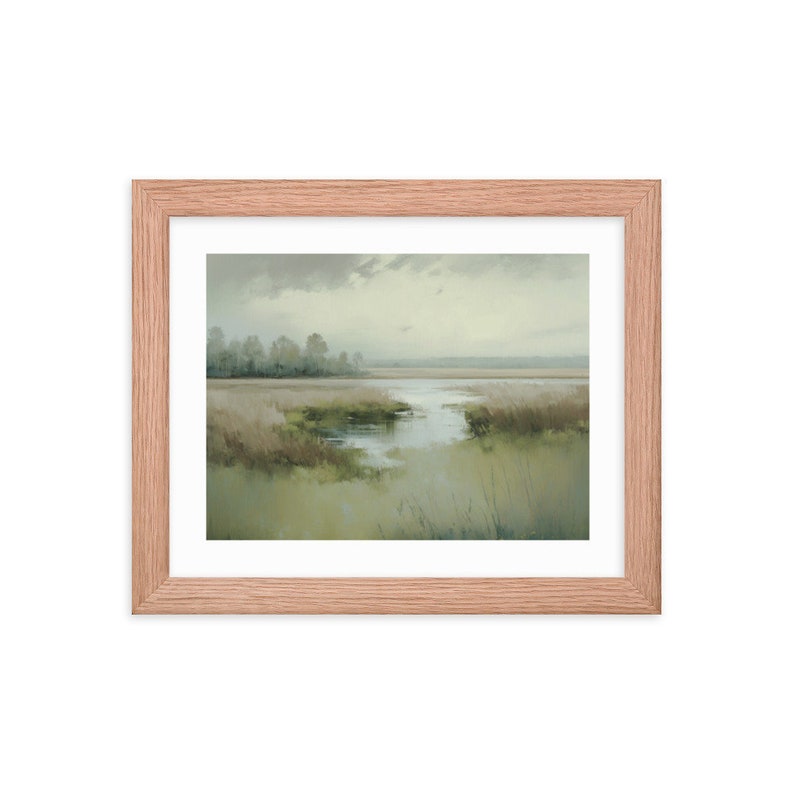
Coutré, Eleanor Wood Prince Associate Curator, Painting and Sculpture of Europe, at the Art Institute of Chicago, and Bregje Gerritse, researcher at the Van Gogh Museum, Amsterdam, with the assistance of Jena K. This exhibition is curated by Jacquelyn N. Van Gogh and the Avant-Garde: The Modern Landscape is organized by the Art Institute of Chicago and the Van Gogh Museum, Amsterdam. Uniting these outstanding works in this exhibition not only sheds new light on the boundary-pushing techniques Van Gogh and his fellow painters developed during this time, but it also illuminates the power of place to inspire-to encourage pioneering work, launch career-changing ideas, and shape artistic identities.

Among them are 25 works by Van Gogh, including paintings from all three triptychs that he executed in these suburbs. More than 75 paintings and drawings from this intensely creative period-many from private collections and rarely publicly displayed-come together for this insightful presentation. Van Gogh and Angrand followed the developments of Seurat and Signac, absorbing many of these approaches into their later painting styles.Ĭharles Angrand. Bernard, having reached the limits of these two styles, experimented with laying out large swathes of bold color defined by dark contours (Cloisonnism) in the last years of the decade. They then pioneered the use of small dots of complementary colors (Pointillism) to achieve an optical mixture in the viewer’s eye. Seurat and Signac began applying contrasting colors in unblended strokes (Divisionism). Each artist explored the use of discrete brushstrokes and strong colors in innovative ways, and in turn developed novel styles of painting. The area’s visual vocabulary-its bridges, embankments, factories, parks, and villages-along with its sunlight, water, and brilliant natural color prompted intense experimentation. Photo courtesy Nelson-Atkins Media Services, Jamison Miller

The Nelson-Atkins Museum of Art, Kansas City, Missouri, Gift of Henry W. And while its industrial development was an unappealing aspect to many, these artists found in the changing physical and social landscape a fresh and rich source of creativity, as Van Gogh’s letter indicates.

This area along the Seine River had long been a popular spot for recreation and relaxation but was becoming increasingly populated with coal, gas, and manufacturing facilities in the last decades of the 19th century. Unlike the earlier Impressionists, who in the previous decade had spent significant time in suburban locations further from the city, this next generation of ambitious artists preferred the northwestern suburbs around Asnières. Vincent van Gogh, letter dated around January 2, 1886īetween 18, five artists-Vincent van Gogh, along with Georges Seurat, Paul Signac, Emile Bernard, and Charles Angrand-flocked to villages on the fringes of Paris. How the bringing together of extremes-the countryside as a whole and the bustle here -gives me new ideas.


 0 kommentar(er)
0 kommentar(er)
